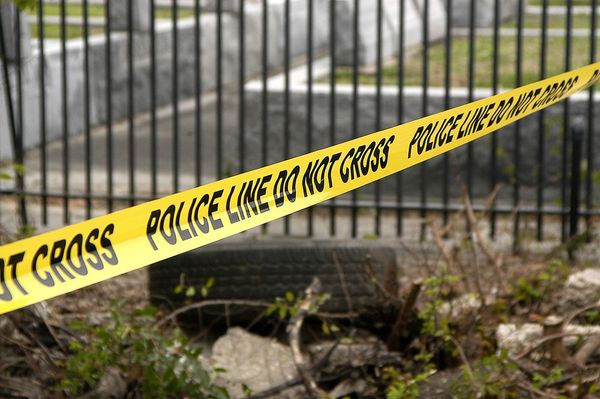He let the performance play out. Donald Trump would give the impression of independence from the Kremlin, threatening sanctions on Russian fuel importers and muttering insults, but, in the end, Vladimir Putin has snapped the puppet strings tight, and the US president is again dancing the Moscow jig.
It is a desperate but effective move by Moscow to dominate the terms of discussion over a war Russia cannot win.
According to a 28-point plan for peace in Ukraine briefed to the media on Wednesday, the US and Russia have agreed that Kyiv should give up a vast tract of the east of the country, halve its army, abandon its constitutionally mandated Nato membership application, and give up any weapons that could be used in its future defence.
Immediately rejected by Ukraine’s president, Volodymyr Zelensky, the plan is identical to the Russian-centric American plans of the past, and takes no account of the persistent refusal of Putin to accept the offer from Ukraine of an immediate ceasefire.
It is entirely based on the false premise that Ukraine cannot win its defensive war against Russia; that sooner or later, concessions are inevitable.
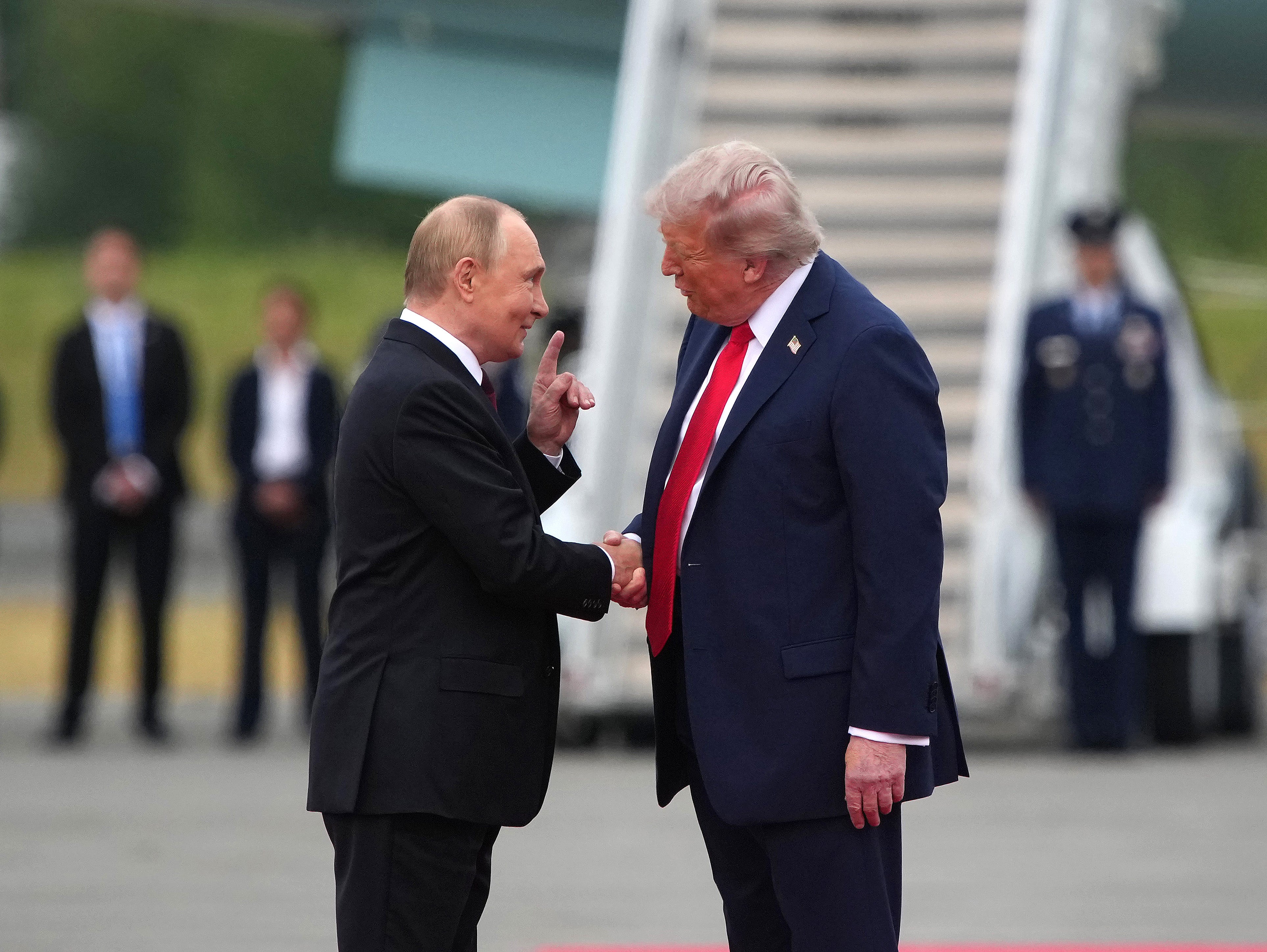
Trump has contributed enthusiastically to the Russian war effort by entirely cutting all aid to Ukraine, aside from intelligence support. This means that Ukraine is not winning. But nor is Russia.
Kyiv is currently under nightly bombardment as part of a Russian campaign to cripple Ukraine’s energy sector and make the nation unliveable in winter for its civilian population. Ukraine is on the back foot tactically in Pokrovsk, but in Kupiansk, further north, the flow of war, locally, is going its way.
A Russian conquest of Ukraine could take a century and millions of men. Russia has already squandered more than a million in dead and wounded since 2022.
The European and Canadian members of Nato have stepped in to meet the shortfall of US funding for Ukraine with about €250bn (£220m). If the US had not cut the supply of weapons, Ukraine would be better off, and might have been able to break the spine of Russia’s army and force the same kind of retreat as when Moscow’s forces turned tail in the summer of 2022. But Trump weakened Ukraine and then demanded that Kyiv accept Russian terms of either a ceasefire or long-term peace. He famously tried to bully Zelensky in the Oval Office, telling him he had no cards to play.
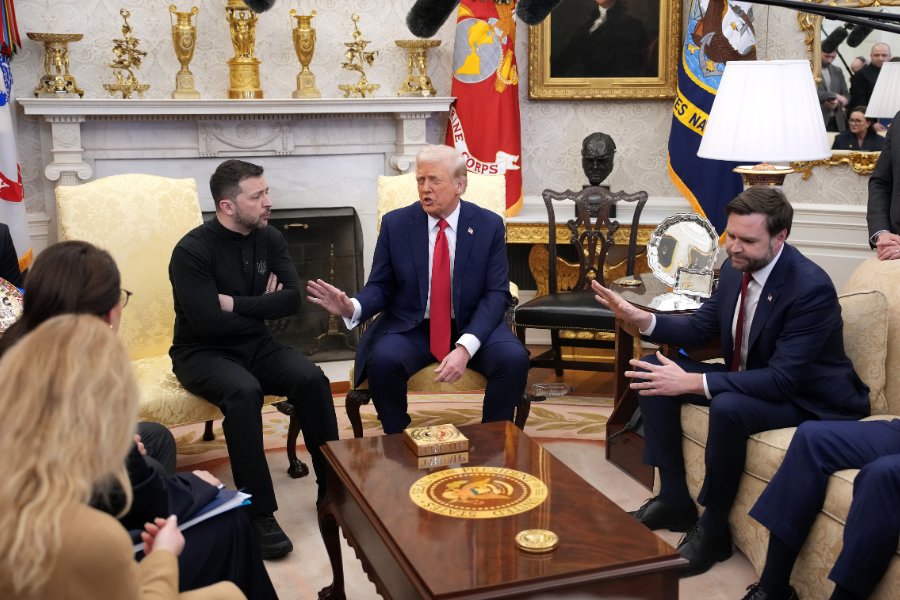
Ukraine is currently reeling from a corruption scandal involving the alleged theft of $100m (£76m) from its state energy company. Two ministers have been forced from office, while other characters close to Zelensky have fled the country.
Zelensky has made a hash of conscription in Ukraine, too. There are unofficial estimates circulating in the Kyiv parliament that draft dodgers outnumber soldiers by a million. On top of that, a decision to allow 18- to 22-year-olds to leave Ukraine is reported to have created an exodus of fighting-aged males of around 100,000. The minimum age for conscripts is 25.
Yet still, Ukraine is holding the line against Russia.
Ukraine is short of manpower. Russia, which for now is not short of men because frontline soldiers are getting $3,000 a month, has the power of sheer mass. But Ukraine has held on with innovation and motivation. Drone warfare has reduced Russia’s advantage in terms of sheer military mass. But it’s touch and go.
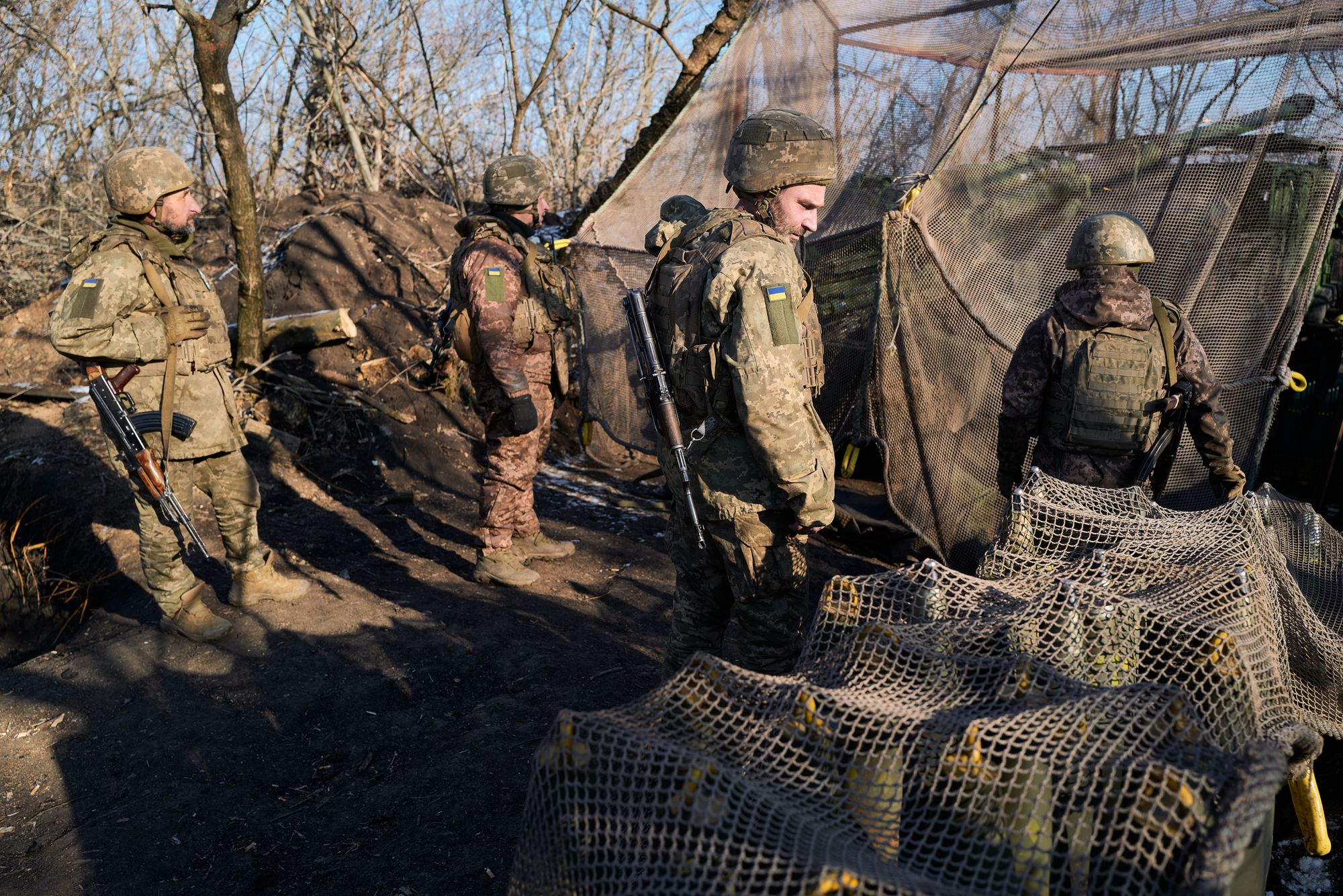
This is an existential war for Ukraine. Stalin killed up to seven million Ukrainians in the Holodomor famine in the early 1930s. Two other famines in the 20th century were caused by Soviet rule, which also outlawed the Ukrainian language, murdered poets and rewrote history. There’s no surprise that the word “genocide” was coined in Lviv, western Ukraine, in the 1940s.
Putin has focused Russia’s entire economy on his attempt to conquer Ukraine.
The Centre for European Policy Analysis estimates that Russia is spending around 30 per cent of its federal funds on the war. Growth in Russia is down to about 1.5 per cent, although inflation is up, driven partly by higher wages in war-related industries, which are short of workers.
Putin knows that in the long term, the war is unsustainable. In the short and medium terms, a war economy, boosted by oil revenues, centralises his power. But he needs a victory. And Ukraine is fast developing the capacity to attack sites inside Russia, which brings the war to the motherland and can undermine support for the military adventure next door.
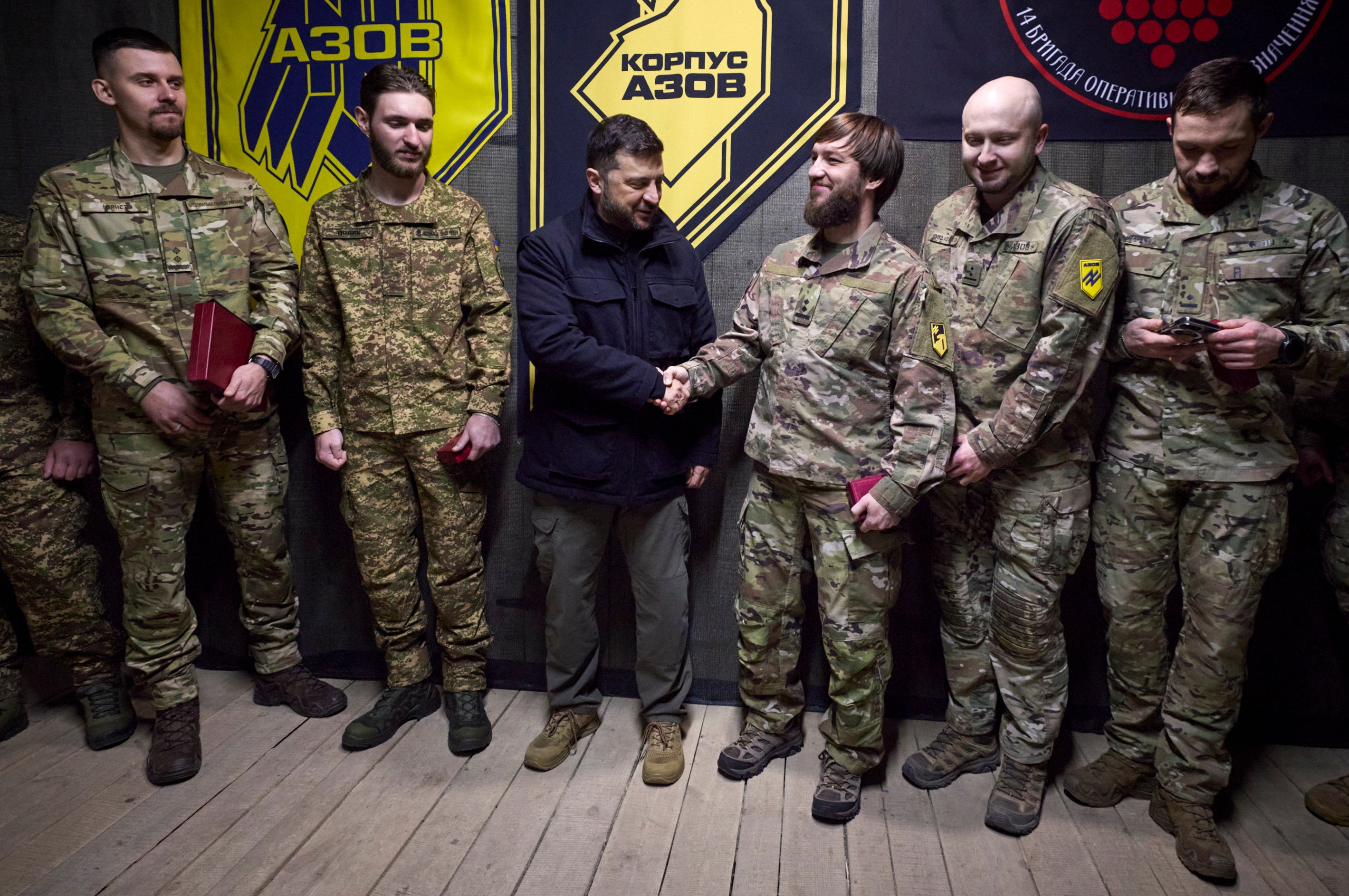
In the short term, Putin would be happy to pause the fighting along the lines that hold today, and take control of the defences Ukraine has built behind the “kill zone” of rubble and horror along the 800-mile front.
That would be a victory that would take the pressure off the Kremlin while Russia rearmed and prepared for another round of conquest at a time of its choosing.
A European ceasefire plan is taking form. It is not a proposal for long-term peace, and its entire premise is the future safety of Ukraine from Russian attacks. But at its root is an assumption, rejected by Kyiv, that Ukraine will have to make some concessions to Moscow and leave territory forever occupied.
The parameters of this discussion are still, therefore, set by Putin and his puppets in the White House and in far-right movements across Europe.
Smarter terms would focus on helping Ukraine win – and cutting those strings.



